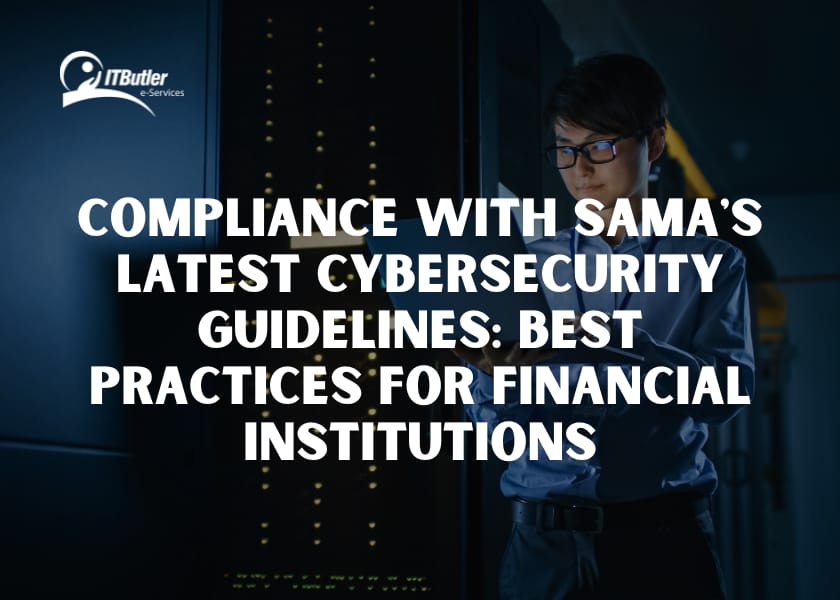Managed Security Service Providers (MSSP) and Managed Detection and Response (MDR) have emerged as crucial players in this cybersecurity landscape. Although improving security is the shared aim of both MSSP and MDR, organizations must comprehend the subtle differences between the two in order to make well-informed decisions regarding their cyber security strategy.
MSSP: The Sentry at the Gates
Managed Security Service Providers, or MSSPs, have been a stalwart in the cybersecurity industry for years. Their primary focus lies in providing security solutions and services to protect organizations from a wide range of cyber threats. MSSP acts as the sentries at the gates, managing security measures to safeguard their clients’ networks, systems, and data.
Core Functions of MSSP:
Firewall and Endpoint Protection: MSSPs deploy robust firewall solutions and endpoint protection measures to create a secure environment around an organization’s network. This involves preventing unauthorised access and ensuring that all entry points are fortified against potential threats.
Intrusion Detection and Prevention Systems (IDPS): MSSPs employ sophisticated IDPS to detect and mitigate potential security breaches. These systems are designed to monitor network and system activities, identify anomalous behaviour, and respond in real-time to thwart any malicious activities.
Security Information and Event Management (SIEM): MSSP utilises SIEM tools to collect, analyse, and correlate security events across an organization’s infrastructure. This enables them to identify patterns, detect potential threats, and respond promptly to security incidents.
Vulnerability Management: Identifying and patching vulnerabilities is a crucial aspect of MSSP services. Regular assessments and proactive measures are taken to ensure that software and systems are up-to-date and fortified against known vulnerabilities.
While MSSPs excel at creating robust security infrastructure, they often focus on preventive measures, leaving room for improvement in terms of real-time threat detection and response.
MDR: The Cyber Sleuths
In contrast to MSSPs, Managed Detection and Response providers, or MDRs, operate with a more proactive and vigilant approach. MDR services are centered around continuous monitoring, rapid detection, and effective response to security incidents. Instead of merely building walls, MDRs function as cyber sleuths, tirelessly investigating and mitigating threats in real-time.
Core Functions of MDR:
Continuous Monitoring and Threat Detection: MDRs leverage advanced technologies and analytics to continuously monitor an organization’s environment. By scrutinizing network traffic, log data, and behavior analytics, they can swiftly detect even the most subtle signs of a potential threat.
Incident Response and Investigation: When a security incident occurs, MDRs excel at rapid response and thorough investigation. Their focus is not only on preventing breaches but also on understanding the nature of the threat, its entry points, and the extent of the damage.
Forensics and Threat Hunting: MDRs go beyond automated detection by actively hunting for potential threats within an organization’s systems. This proactive approach involves analyzing patterns, and anomalies, and conducting thorough forensic investigations to uncover hidden threats.
Adaptive Security Measures: MDRs understand that the threat landscape evolves continuously. As such, they adapt their strategies and technologies to stay ahead of emerging threats, ensuring that their clients are well-protected against the latest cybersecurity challenges.
While MDRs excel in real-time threat detection and response, they may not provide the extensive range of preventive security measures offered by MSSPs.
Choosing the Right Approach
The choice between MSSP and MDR depends on an organization’s specific cybersecurity needs, risk tolerance, and overall security strategy. Some organizations may opt for MSSPs if their primary focus is on building a robust security foundation, while others may prefer the proactive threat detection and response capabilities offered by MDRs.
In many cases, a hybrid approach that combines elements of both MSSP and MDR services might be the most effective solution. This ensures a cybersecurity strategy that covers prevention, detection, and response to create a resilient defense against the evolving threat landscape.
Conclusion
In the ever-evolving realm of cybersecurity, organizations must carefully evaluate their needs and priorities when choosing between MSSP and MDR services. While MSSPs focus on building fortified walls to prevent unauthorized access, MDRs operate as cyber detectives, constantly on the lookout for signs of malicious activity.
Ultimately, the most effective cybersecurity strategy may involve a combination of both, creating a holistic defense that addresses the diverse challenges posed by today’s digital threats. By understanding the differences between MSSP and MDR, organizations can navigate the cybersecurity landscape with greater confidence, knowing that they have the right tools and strategies in place to protect their digital assets.






